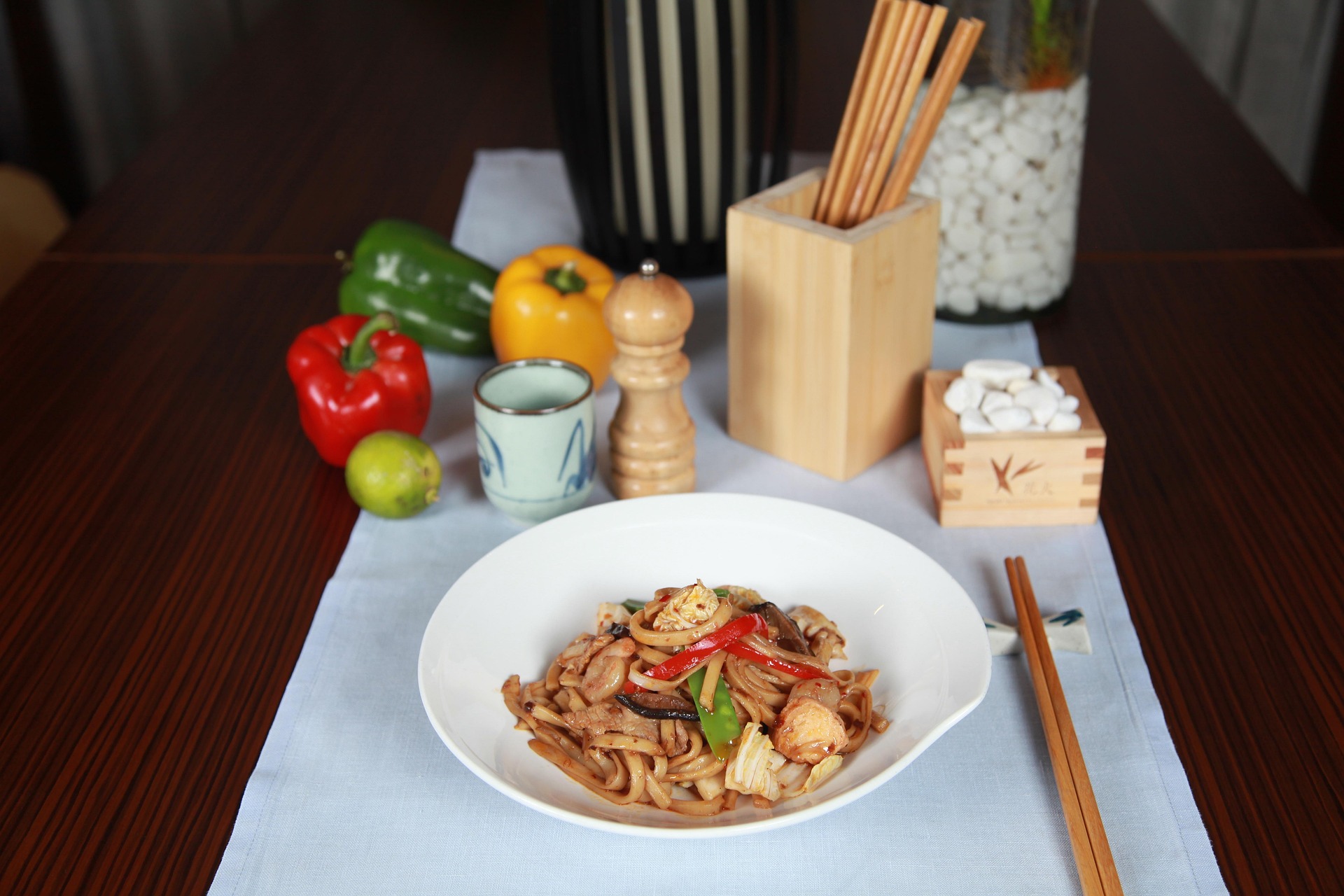Spicing Up Your Meals with the Marvels of Moroccan Cuisine
Moroccan cuisine, with its vibrant colors and enticing flavors, is a culinary journey that every food enthusiast should embark on. This gastronomic adventure offers a unique blend of African, European, and Middle Eastern influences, with a dash of innovation thrown in. Let's dive into the world of Moroccan cuisine and discover its secrets!

A Brief Introduction to Moroccan Cuisine
Moroccan cuisine is a delightful blend of various culinary influences, with its roots deeply entrenched in the country’s rich history and culture. The cuisine is characterized by an abundant use of spices and fresh, local produce. From the delectable tagines to the sweet pastries, Moroccan cuisine is a feast for the senses.
The Magic of Moroccan Tagine
The tagine, a slow-cooked stew named after the earthenware pot it’s cooked in, is a hallmark of Moroccan cuisine. The dish usually combines meat with a medley of vegetables, spices, and dried fruits, resulting in a rich and flavorful meal. The slow cooking process infuses every ingredient with a myriad of flavors, creating a dish that is both hearty and delicious.
The Sweet Side of Moroccan Cuisine
Moroccan cuisine is not just about savory dishes. The country’s dessert repertoire is equally impressive. Pastilla, a sweet and savory pie made with layers of flaky pastry, filled with a mixture of pigeon meat, almonds, and sugar, is a must-try. The balance of sweet and savory makes it a unique dessert that is sure to impress.
Moroccan Mint Tea: Not Just a Drink
In Morocco, mint tea is more than just a refreshing beverage. It’s a symbol of hospitality and friendship. The tea, served in ornate glasses, is a blend of green tea, fresh mint leaves, and a generous amount of sugar. It’s a delightful experience that perfectly complements the bold flavors of Moroccan cuisine.
Breads: The Unsung Heroes of Moroccan Cuisine
Bread, a staple in Moroccan homes, is an integral part of every meal. Khobz, a round, crusty bread, is often used as a utensil to scoop up food. Other popular varieties include msemen, a flaky, square-shaped flatbread, and baghrir, a spongy pancake with a honeycomb texture.
-
Moroccan tagines are often served with couscous, a grain made from semolina.
-
Ras el hanout, a blend of over a dozen spices, is commonly used in Moroccan cuisine.
-
Morocco is known for its olives and olive oil, which are often used in cooking.
-
Moroccan cuisine often features a mix of sweet and savory flavors in a single dish.
As we conclude our culinary journey through Moroccan cuisine, it’s evident that this gastronomic treasure is a testament to Morocco’s rich cultural heritage. The diverse flavors, the use of fresh, local ingredients, and the innovative cooking techniques all contribute to making Moroccan cuisine a delightful culinary experience. So, the next time you’re looking to spice up your meals, why not try a touch of Moroccan magic?




